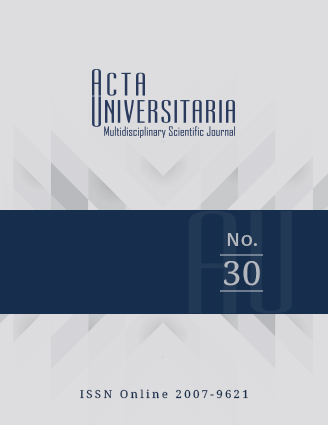Aerodynamic analysis of an unmanned aerial vehicle with infrared camera for monitoring oil leakage in pipeline networks
Published 2020-02-12
How to Cite
Abstract
Oil pipeline networks require periodic inspection to detect damages that can generate oil leakage in natural and human environments. These damages can be caused by geological hazard and interference from third party. In order to detect these damages, low-cost techniques that consider both the oil pipeline networks and the environment are required. In this paper, the aerodynamic analysis of an unmanned aerial vehicle (UAV) with Eppler 748 sailplane airfoil (wingspan of 1.635 m) is presented. The UAV can include a small infrared camera for monitoring oil leakage of a pipeline network using the infrared radiation related to oil. A computational fluid dynamics (CFD) model of the UAV is developed to predict its lift and drag coefficients as a function of the Reynolds number and the angle of attack (AoA). The air velocity profile around UAV is estimated with the CFD simulations. In addition, a scale model (1:6.5) of the UAV is fabricated using a 3D printer, which is tested employing a subsonic wind tunnel. For the UAV with AoA of 0, the drag and lift coefficients obtained with the CFD model have a similar behavior with respect to those measured through the subsonic wind tunnel. The designed UAV could be used for low-cost inspections of damages in oil pipeline networks in comparison with the use of helicopters or light aircraft.


